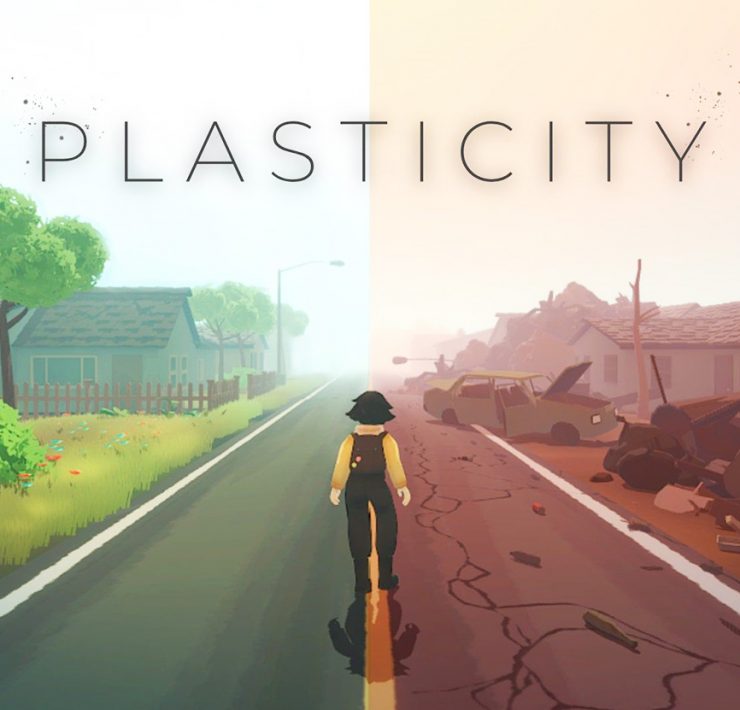From drones to mobile apps, how tech is conserving nature
- A webinar by WWF India puts the spotlight on latest technological innovations that can help protect wildlife, track climate change and make the planet more sustainable.
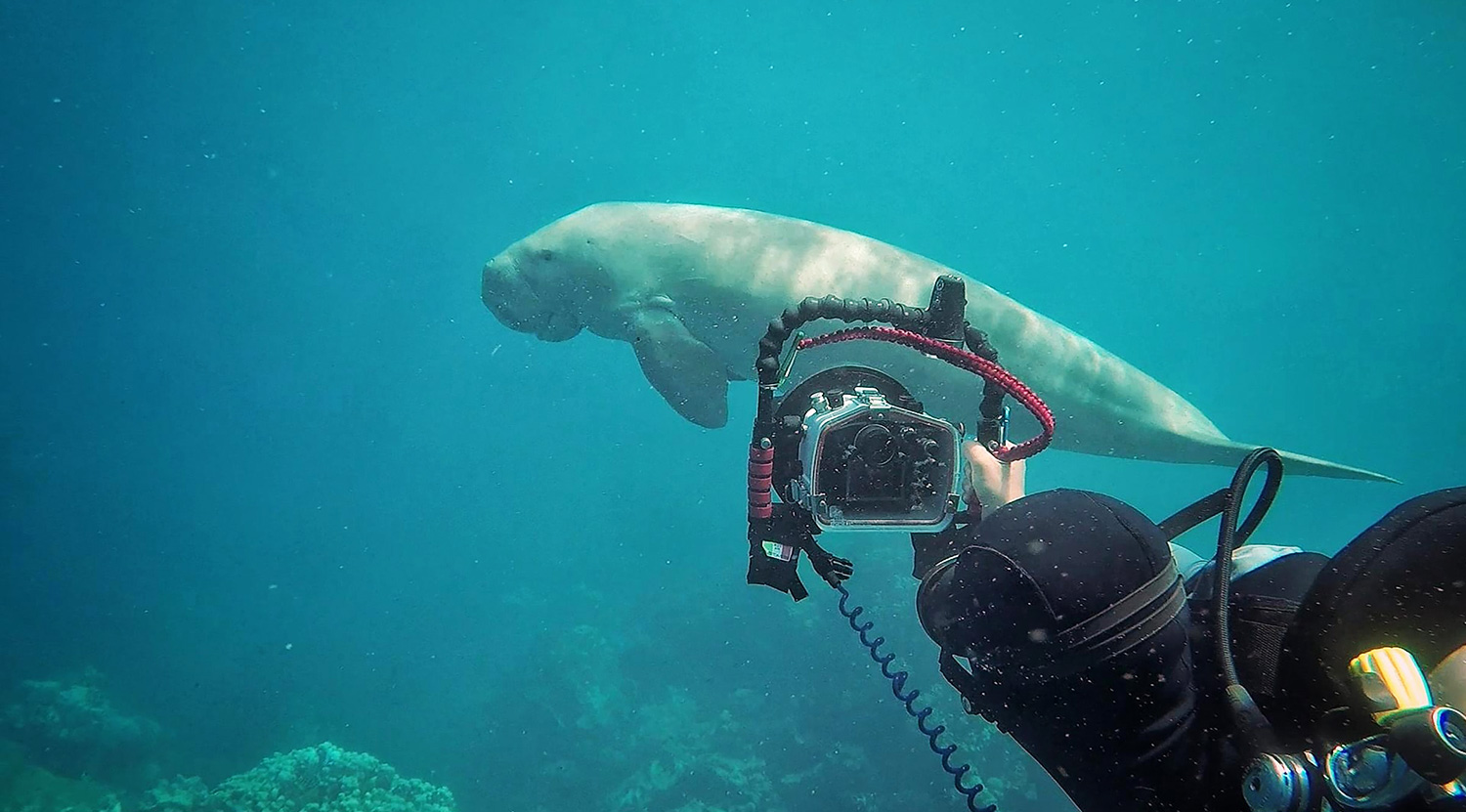
Krutika Behrawala is a journalist who enjoys writing about food,…
Recently, India’s 2018-19 tiger census made it to the Guinness Book of World Records — a feat possible due to technology. The census was recognised as the largest camera-trap wildlife survey carried out anywhere globally. From lakhs of photographs captured by these motion sensor-driven devices, a stripe pattern recognition software was used to identify different big cats, which also helped reveal that their numbers have increased.
Elsewhere, drones are being used to survey dolphins, DNA sequencing can detect the diet of Indian vultures and assess ways to protect their diminishing population, online data from birdwatchers shows that peafowls are in abundance now and house sparrow population is stable, and nano satellites are being built to track wildlife movements in real-time.
Technology has also helped study the genes of the rare melanistic tigers at Odisha’s Similipal Tiger Reserve and trace the origins of leopard skins to identify poaching hotspots.
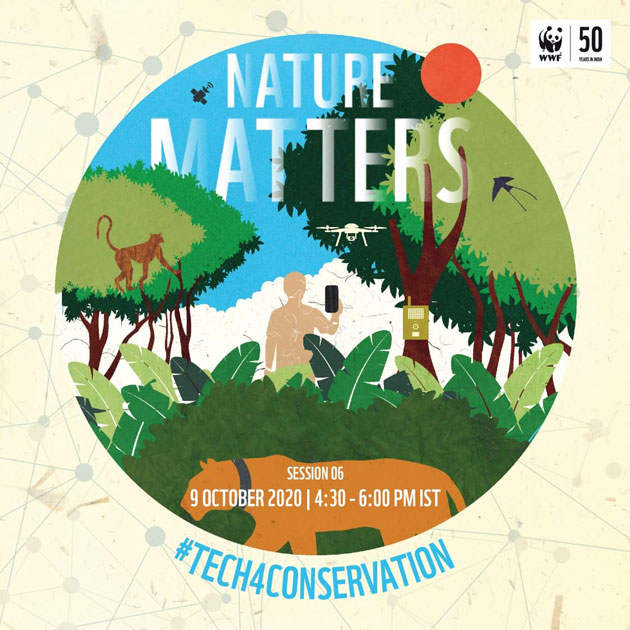
These interesting examples were the biggest takeaways of ‘#Tech4Conservation’, a recent webinar that discussed how technological advancements can be harnessed for sustainable conservation of natural resources in India. A part of WWF-India’s ongoing series to celebrate its 50th anniversary in India, the online session featured a panel of experts. It was moderated by Dr Saket Badola IFS, Head TRAFFIC India, a wildlife trade monitoring network.
Genetically sound
“In the last 10 years, genetic studies have played a strong role in helping species discovery, whether it’s of frogs or birds,” said Dr Uma Ramakrishnan, molecular ecologist working at Bengaluru-based National Centre for Biological Sciences (NCBS). Technology has also helped study the genes of the rare melanistic tigers at Odisha’s Similipal Tiger Reserve and trace the origins of leopard skins to identify poaching hotspots.
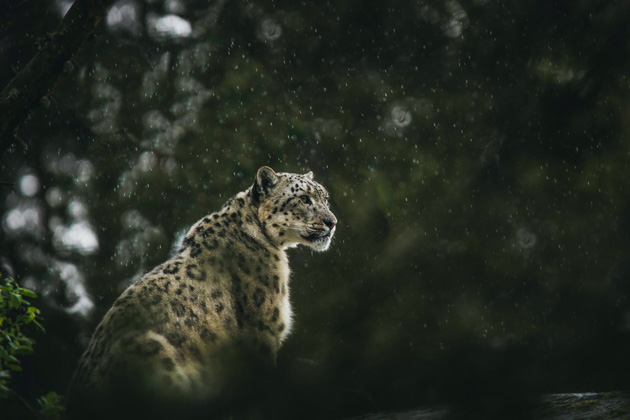
“The future of genetics belongs to technology that is flexible and fast, where you don’t need to bring samples back to the lab,” added Ramakrishnan, citing an example of conservation geneticist Natalie Schmitt’s DNA field kit to detect snow leopards in the wild.
The resolution of satellite images is increasing dramatically. Many years ago, you could vaguely detect a tree but now you can detect individuals.
Nano satellites, anyone?
WWF’s 2020 Living Planet report reveals an average 68 per cent fall in populations of mammals, birds, amphibians, reptiles and fish between 1970 and 2016.
In this scenario, space technology can play a big role in monitoring wildlife, tracking their movement and helping design better conservation strategies. And high-tech gadgets are only making this job easier.
Aurélie Shapiro, a remote sensing specialist at WWF-Germany, shared that high-tech satellites now not only offer detailed views of the land but also video footage. “The resolution of satellite images is increasing dramatically. Many years ago, you could vaguely detect a tree but now you can detect individuals. So, there’s potential to detect whales, elephants and large animals in open spaces,” she added.
And while drones or Unmanned Aerial Vehicles (UAVs) often get a bad rap as being devices of destruction and surveillance, they can also be used in saving wildlife.
The latest WWF project is PandaSat, a small, students-built satellite that is low-cost, lightweight, solar-powered and shaped like a cube. It can be connected to PandaTags, fingernail-sized tracking devices that can be attached to a range of species. “About 10,000 birds can be tracked with 50 satellites and we can get rich information on wildlife movements and migration,” she added.
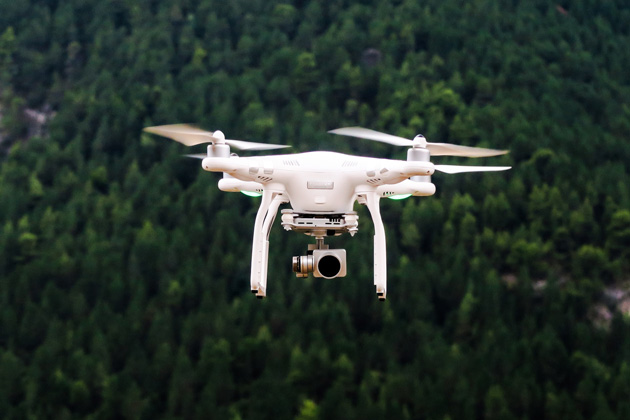
And while drones or Unmanned Aerial Vehicles (UAVs) often get a bad rap as being devices of destruction and surveillance, they can also be used in saving wildlife. Making a case for them was Shashank Srinivasan, conservation geographer, drone operator and founder of a Goa-based start-up called Technology For Wildlife. “We have worked on several pilot projects to prove that they can be impactful in conservation.” These include monitoring stranded dolphins on Goa’s coastline, mapping coral reefs using underwater drones and assessing plastic pollution in Ladakh and Spiti using aerial robots.
Citizens matter
Mobile apps aren’t just helping researchers but also the general public to take photographs, identify and document flora and fauna, be it children monitoring fruiting and flowering patterns of trees to track climate change on SeasonWatch.in, or locals documenting intertidal marine life in Mumbai.
Initiatives like iNaturalist have led to the discovery and rediscovery of species, and a better understanding of ecology and conservation needs.
This has given impetus to citizen science, which involves public participation, usually for data collection, to further scientific research.
Dr Suhel Quader, senior scientist at Nature Conservation Foundation (NCF), who is well-known for leading several citizen science projects, informed that since 2008, iNaturalist — an online social network to map and share biodiversity observations across the globe — took six-and-a-half years to reach one million observations. “This year, in the month of May alone, three million observations were uploaded on it,” he said.
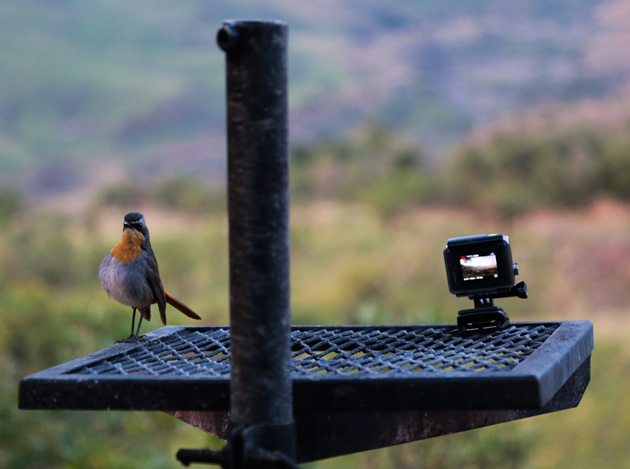
Such initiatives have led to the discovery and rediscovery of species, and a better understanding of ecology and conservation needs. “An outcome I find interesting is better, detailed documentation of biodiversity at particular sites. Making it available publicly makes it harder for developmental projects to get away with inaccurate assessments,” he added.
‘Technology can help us come up with a different way of thinking, and we can use its help to work towards conservation.’
The panellists also acknowledged the questions of ethics, issues of data privacy and harmful effects of technology, if placed in wrong hands. They highlighted the need for better safeguarding of systems.
A common consensus, however, was that tech is crucial for conservation. Badola concluded, “Wildlife and their habitats are in deep trouble due to human-made causes. The IPBES report says that around one million species are facing the threat of extinction, some within the next few decades. So, we need to make every effort count. Einstein said that we can’t solve problems by using the same kind of thinking we used when we created them. Technology can help us come up with a different way of thinking, and we can use its help to work towards conservation.”
Krutika Behrawala is a journalist who enjoys writing about food, culture and communities. After chasing deadlines in the newsrooms of major publications for a decade, she has settled into freelancing to write mindfully, tell stories that make a difference and work towards a sustainable way of living, one step at a time.






